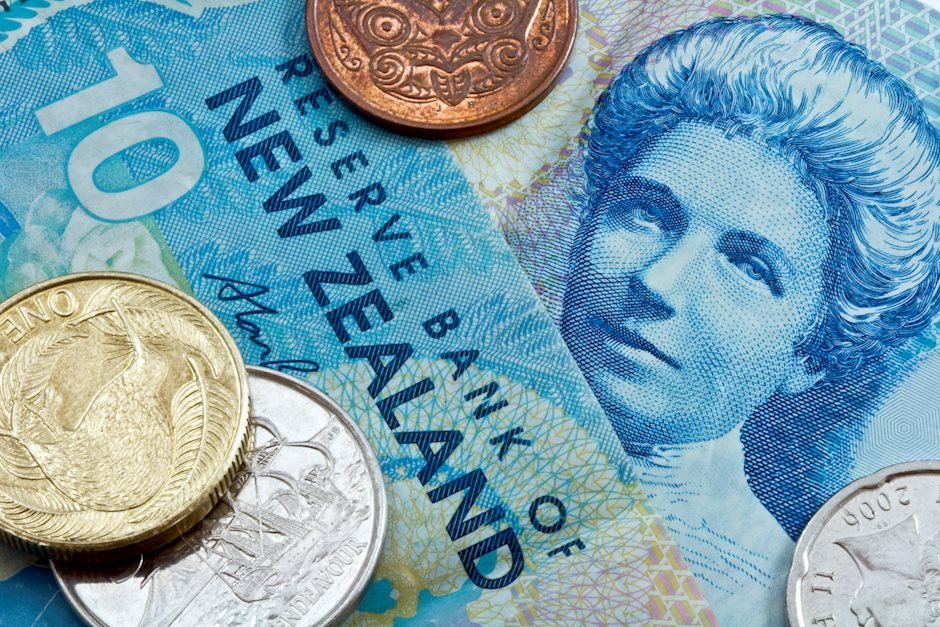NZD/USD holds recovery above 0.5900, focus shifts to next week’s US data
- NZD/USD clings to recovery above 0.5900 triggered by the US Dollar’s correction.
- Investors await a string of US employment-related economic indicators.
- This week, the RBNZ cut interest rates by 50 bps to 4.25%.

The NZD/USD pair holds gains above the round-level support of 0.5900 in Friday’s European session. The Kiwi pair strengthens as the US Dollar Index (DXY) extends its correction after diving below the key support of 106.00 and posts a fresh two-week low near 105.60. However, it manages to recover some losses but is on track to close the week with an almost 1.5% decline.
The US Dollar (USD) weakens as the investors trim so-called ‘Trump Trades’ after United States (US) President-elect Donald Trump nominated Scott Bessent to fill the position of Treasury Secretary. Market participants expect Bessent to execute Trump-stated trade policies strategically and gradually with an intention to avoid a lethal trade war.
Going forward, investors will focus on a slew of US employment-linked data and the ISM Manufacturing and Services PMI data for November, which will be released next week. The array of economic data will influence market expectations for the Federal Reserve’s (Fed) monetary policy action in December.
According to the CME FedWatch tool, the likelihood for the Fed to cut interest rates by 25 basis points (bps) to 4.25%-4.50% in the December meeting is 66% while the rest supports leaving them unchanged.
Meanwhile, the New Zealand Dollar (NZD) performs strongly even though market participants expect the Reserve Bank of New Zealand (RBNZ) to cut interest rates again by 50 bps in its next monetary policy meeting in February 2025 after reducing by the same margin on Wednesday.
RBNZ Governor Adrian Orr kept doors for an outsize interest rate cut open but the decision will depend on economic conditions. Orr was confident about a further decline in inflationary pressures.
Economic Indicator
RBNZ Interest Rate Decision
The Reserve Bank of New Zealand (RBNZ) announces its interest rate decision after its seven scheduled annual policy meetings. If the RBNZ is hawkish and sees inflationary pressures rising, it raises the Official Cash Rate (OCR) to bring inflation down. This is positive for the New Zealand Dollar (NZD) since higher interest rates attract more capital inflows. Likewise, if it reaches the view that inflation is too low it lowers the OCR, which tends to weaken NZD.
Read more.Last release: Wed Nov 27, 2024 01:00
Frequency: Irregular
Actual: 4.25%
Consensus: 4.25%
Previous: 4.75%
Source: Reserve Bank of New Zealand
The Reserve Bank of New Zealand (RBNZ) holds monetary policy meetings seven times a year, announcing their decision on interest rates and the economic assessments that influenced their decision. The central bank offers clues on the economic outlook and future policy path, which are of high relevance for the NZD valuation. Positive economic developments and upbeat outlook could lead the RBNZ to tighten the policy by hiking interest rates, which tends to be NZD bullish. The policy announcements are usually followed by Governor Adrian Orr’s press conference.
Author

Sagar Dua
FXStreet
Sagar Dua is associated with the financial markets from his college days. Along with pursuing post-graduation in Commerce in 2014, he started his markets training with chart analysis.

















